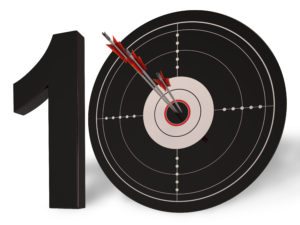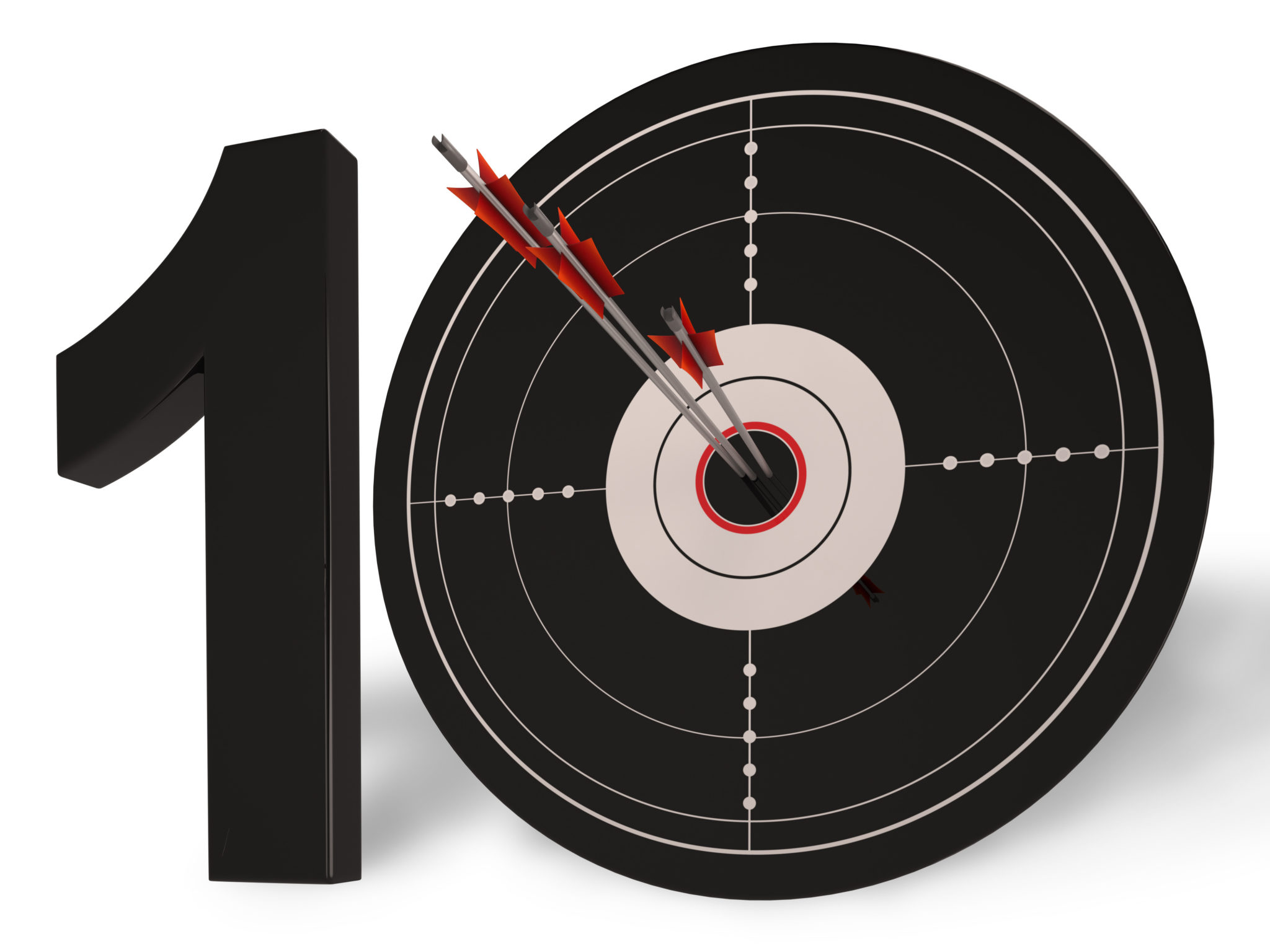Today we go to The Self Publishing Review where Cate Baum gives good advice on how to get your manuscript ready for editing and make your editor love you! I happen to disagree with #10, I do think there can be value added with a table of contents. Do you have any helpful hints or thoughts? If so, please share in the comments below.
~ * ~
Ten Easy Steps To Get your E-Book Ready For Editing
As an independent author, there’s no getting away from the fact you will need to get your e-book edited professionally by the sort of editor who knows the differences between e-book and print book. However, these quick ten steps will help you prepare your book for the edit and final publication early on in the process. This is a ragbag of formatting and grammar tips, but trust me, your e-book editor will love you forever if you prep your book this way!
1. Strip out styles and fancy formatting
E-books don’t need styles manually applied in Word. The first thing any e-book editor worth their salt will do is strip them out. This is because on e-readers, the reader can choose which font family to read in, and any fancy scrolls or letters will be cancelled out and replaced by defaults. The best way to go is Times New Roman, and leave your choice of font for your print book. When you add headings later at the formatting stage, you’ll add these using your Styles and Formatting menu only.
2. Don’t use double spaces in sentences
The old-time habit of leaving two spaces at the end of a sentence is useless in the flowable text of an e-book. Flowable means that text is subject to change via the reader’s choice of font, font size, and spacing, so it’s not advisable to add typewriter-style formatting in a digital book. Double spacing is also moot in that since the advent of computers, spacing is configured to proportional adjustment.
The editor’s bible, the CMOS, states, ” p. 61. “2.12 A single character space, not two spaces, should be left after periods at the ends of sentences (both in manuscript and in final, published form).” p. 243. “6.11 In typeset matter, one space, not two (in other words, a regular word space), follows any mark of punctuation that ends a sentence, whether a period, a colon, a question mark, an exclamation point, or closing quotation marks.” p. 243. “6.13 A period marks the end of a declarative or an imperative sentence. It is followed by a single space.”
Sorry double-space people. Them’s the rules.
Read the full post on The Self Publishing Review
~ * ~
If you liked this article, please share. If you have suggestions for further articles, articles you would like to submit, or just general comments, please contact me at paula@publetariat.com or leave a message below

